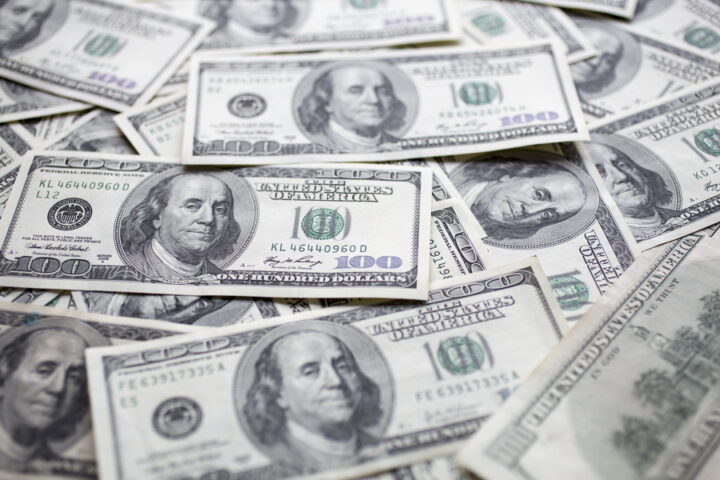German government bonds rose on Thursday, finding some support from stronger U.S. Treasuries and a further sell-off in peripheral euro zone debt, led by Portuguese and Irish bonds.
Bunds were recovering after sharp selling this week due to traders reassessing the scale of possible U.S. quantitative easing, and a lowering of expectations for further asset purchases by the Bank of England.
That pushed 10-year yields through the key 2.5% psychological support level and 30-year yields through 3%, but with troubled peripheral issuers coming under more pressure, core debt finally found some support.
Portuguese and Irish bonds led the underperformance, with 10-year yield spreads around 20 and 30 bps wider respectively.
Government talks with the opposition collapsed in Lisbon on Wednesday, leaving the fate of a crucial austerity budget for next year in the balance. There were also signs Ireland is preparing to cut public spending even further and worries that may simply hurt growth and leave it in as deep a hole.
"It's still the domestic policy issue which is a major burden for Portuguese government bonds," said David Schnautz, a strategist at Commerzbank.
"The announcement of the stalemate in the politics obviously left a very bad taste for those who participated in (yesterday's Portuguese) auction, so there's some kind of hangover from bad timing."
MORE PAIN FOR GREEKS
Peripheral debt was also knocked on Wednesday by an upward revision in Greece's budget deficit figures.
Ten-year Greek bond yields were just over 10.5%, having risen almost 70 bps on Wednesday, with 2-year yields around 9% after climbing over one percentage point the previous day.
UBS technical analyst Richard Adcock said although Bunds may show some short-term recovery, any upside would likely be limited and a break below Wednesday's 128.52 low could open the door for a move to 127.26.
Two-year bond yields were 1.7 bps lower at 1.003 percent with 10-year yields down a similar amount at 2.548%.
"From the technical side, it's looking rather bearish but we should find some support from overseas – Treasuries and the periphery, Greece was a very broken market yesterday," said a trader.
The latest Reuters survey showed most leading economists expect the Federal Reserve to buy between $80 bln and $100 bln worth of assets per month, with estimates for how much it will eventually spend varying from $250 bln to $2 trln.
But Treasuries got a lift from bargain hunters stepping in after a drop in yields on those uncertainties and a mediocre 5-year auction.
In supply, Italy will auction a new three-year BTP and also sell ten-year bonds, totalling up to 7.25 bln euros.
"Grey market levels for the new Italian 3-year benchmark indicated a pricing at around flat in asset swap terms versus the December 13 BTP, which we consider as rather cheapish on the Italian curve," said Commerzbank strategist Marcel Bross.
With short-end Italian bonds recently cheapening against their Spanish equivalents, the bank suggest switching from three-year Spanish bonds into BTPs.







